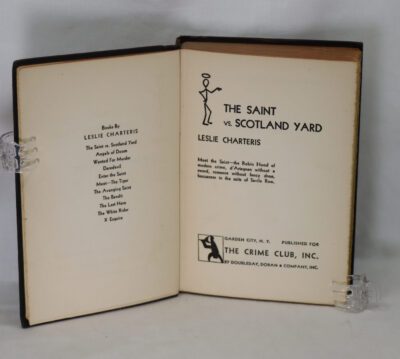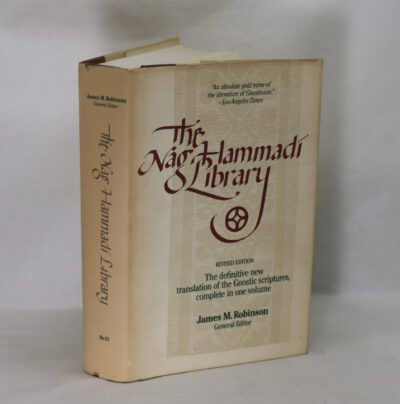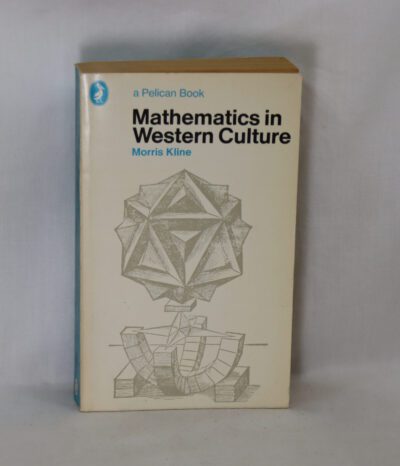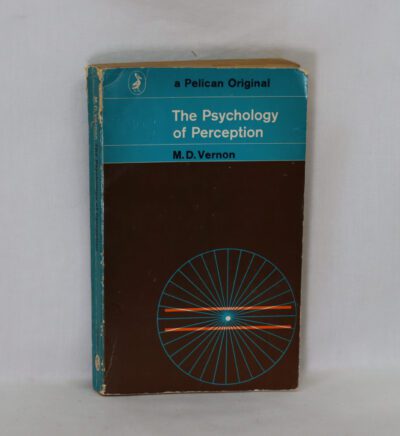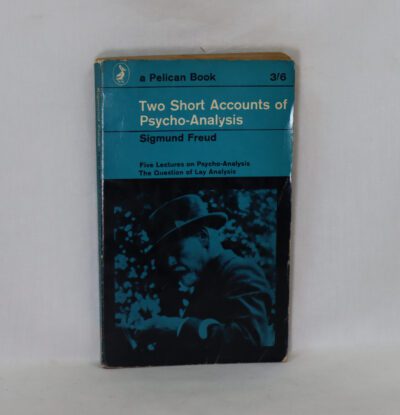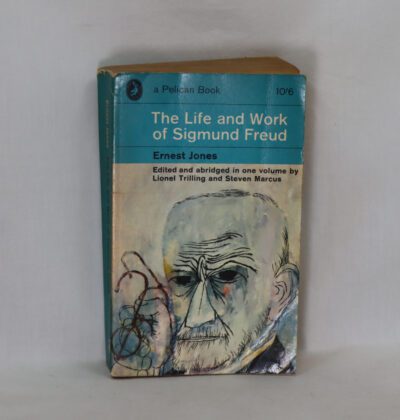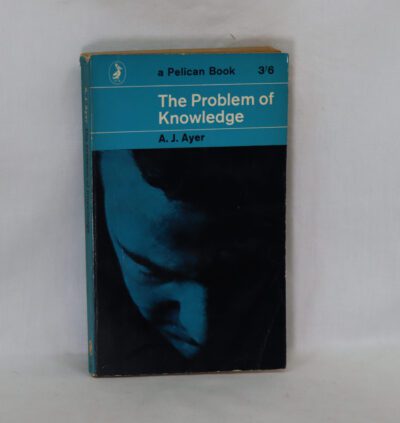Beowulf.
ISBN: 9781547567980
Printed: 1986
Publisher: Penquin Books.
| Dimensions | 11 × 18 × 1 cm |
|---|---|
| Language |
Language: English
Size (cminches): 11 x 18 x 1
Condition: Fair (See explanation of ratings)
Item information
Description
Paperback. Cream title and Sutton Hoo detail on the black cover.
We provide an in-depth photographic presentation of this item to stimulate your feeling and touch. More traditional book descriptions are immediately available
- This used book has a £3 discount when collected from our shop
A quality used paperback: please view the photographs.
Beowulf is an Old English poem, an epic in the tradition of Germanic heroic legend consisting of 3,182 alliterative lines, contained in the Nowell Codex. It is one of the most important and most often translated works of Old English literature. The date of composition is a matter of contention among scholars; the only certain dating is for the manuscript, which was produced between 975 and 1025 AD. Scholars call the anonymous author the “Beowulf poet”. The story is set in pagan Scandinavia in the 5th and 6th centuries. Beowulf, a hero of the Geats, comes to the aid of Hrothgar, the king of the Danes, whose mead hall Heorot has been under attack by the monster Grendel for twelve years. After Beowulf slays him, Grendel’s mother takes revenge and is in turn defeated. Victorious, Beowulf goes home to Geatland and becomes king of the Geats. Fifty years later, Beowulf defeats a dragon, but is mortally wounded in the battle. After his death, his attendants cremate his body and erect a barrow on a headland in his memory.
Scholars have debated whether Beowulf was transmitted orally, affecting its interpretation: if it was composed early, in pagan times, then the paganism is central and the Christian elements were added later, whereas if it was composed later, in writing, by a Christian, then the pagan elements could be decorative archaising; some scholars also hold an intermediate position. Beowulf is written mostly in the Late West Saxon dialect of Old English, but many other dialectal forms are present, suggesting that the poem may have had a long and complex transmission throughout the dialect areas of England.
There has long been research into similarities with other traditions and accounts, including the Icelandic Grettis saga, the Norse story of Hrolf Kraki and his bear-shapeshifting servant Bodvar Bjarki, the international folktale the Bear’s Son Tale, and the Irish folktale of the Hand and the Child. Persistent attempts have been made to link Beowulf to tales from Homer’s Odyssey or Virgil’s Aeneid. More definite are biblical parallels, with clear allusions to the books of Genesis, Exodus, and Daniel.
The poem survives in a single copy in the manuscript known as the Nowell Codex. It has no title in the original manuscript, but has become known by the name of the story’s protagonist. In 1731, the manuscript was damaged by a fire that swept through Ashburnham House in London, which was housing Sir Robert Cotton’s collection of medieval manuscripts. It survived, but the margins were charred, and some readings were lost. The Nowell Codex is housed in the British Library. The poem was first transcribed in 1786; some verses were first translated into modern English in 1805, and nine complete translations were made in the 19th century, including those by John Mitchell Kemble and William Morris. After 1900, hundreds of translations, whether into prose, rhyming verse, or alliterative verse were made, some relatively faithful, some archaising, some attempting to domesticate the work. Among the best-known modern translations are those of Edwin Morgan, Burton Raffel, Michael J. Alexander, Roy Liuzza, and Seamus Heaney. The difficulty of translating Beowulf has been explored by scholars including J. R. R. Tolkien (in his essay “On Translating Beowulf”), who worked on a verse and a prose translation of his own.
Review: This is Francis Gummere’s translation of Beowulf first published around 1909. It is a verse translation that retains the form of the original Old English poem. This is not a translation into modern English. If that’s what you want then you need to look at something like Seamus Heaney’s translation which is in copyright so you pay accordingly. This translation wasn’t vernacular English even in 1909; that isn’t what Gummere was trying to produce. It translates the poem into relatively modern vocabulary so you can follow the story but it retains the character of the original so it is formal and rhetorical, even declamatory, as the original was meant to be recited. It reproduces the alliterative form of the original which leads often to the use of poetic or archaic words, although many can be found in Kindle’s inbuilt dictionary.
What you get is the text plus substantial explanatory footnotes which can be accessed easily from the text. What you don’t get is any introduction or other ‘briefing’ material. I would have liked a glossary. a list of who’s who and a prose summary of the plot to make things easier to follow. Some of these are available in other editions, including, for the brave, the Old English original text, which are available free from Project Gutenberg.
I must say that like one of the earlier reviewers I found this a super read. You just have to accept the strangeness and let yourself go into the world of chieftains, their halls and marauding monsters. This is over a thousand years old but one of the great poems of the British poetic tradition.
Want to know more about this item?

Share this Page with a friend



